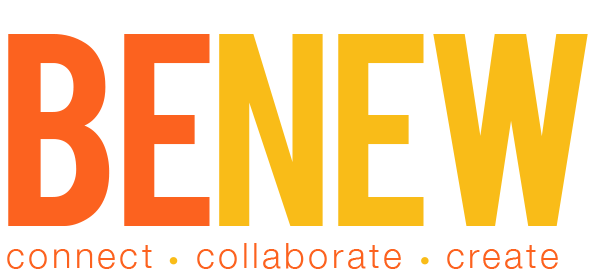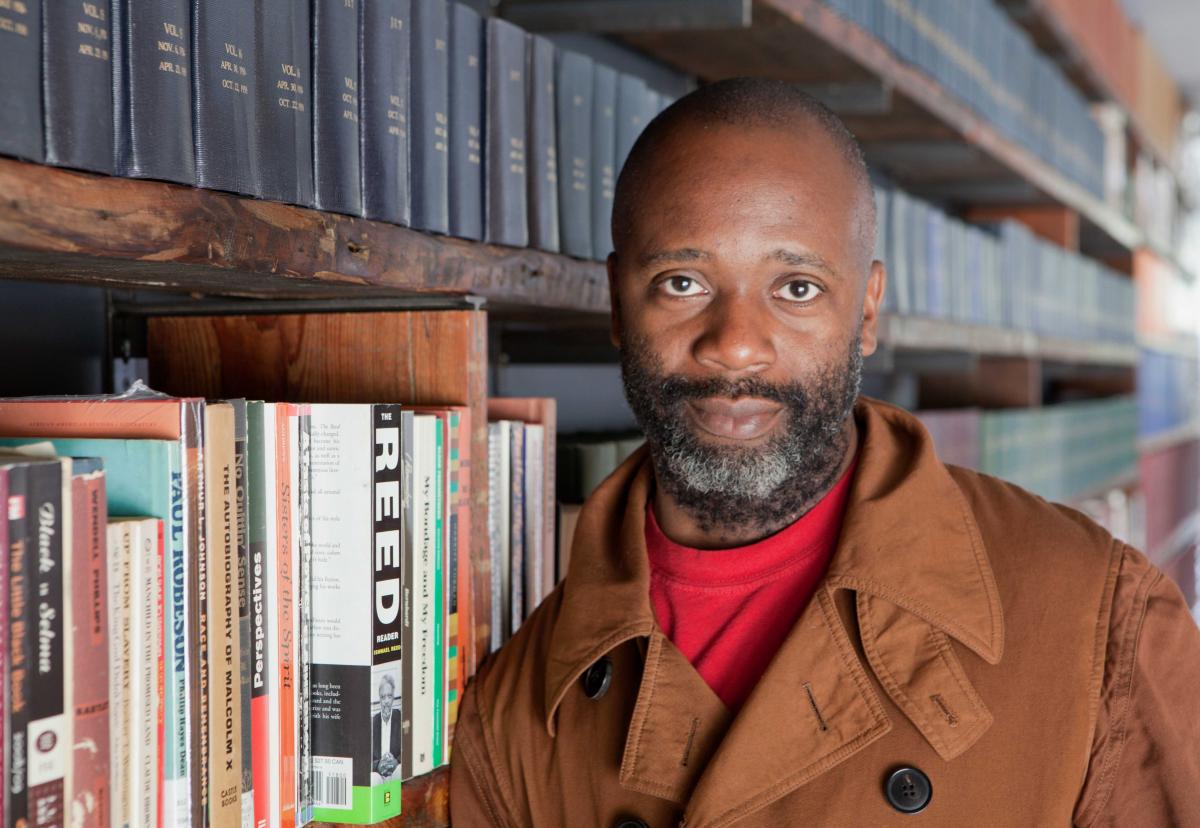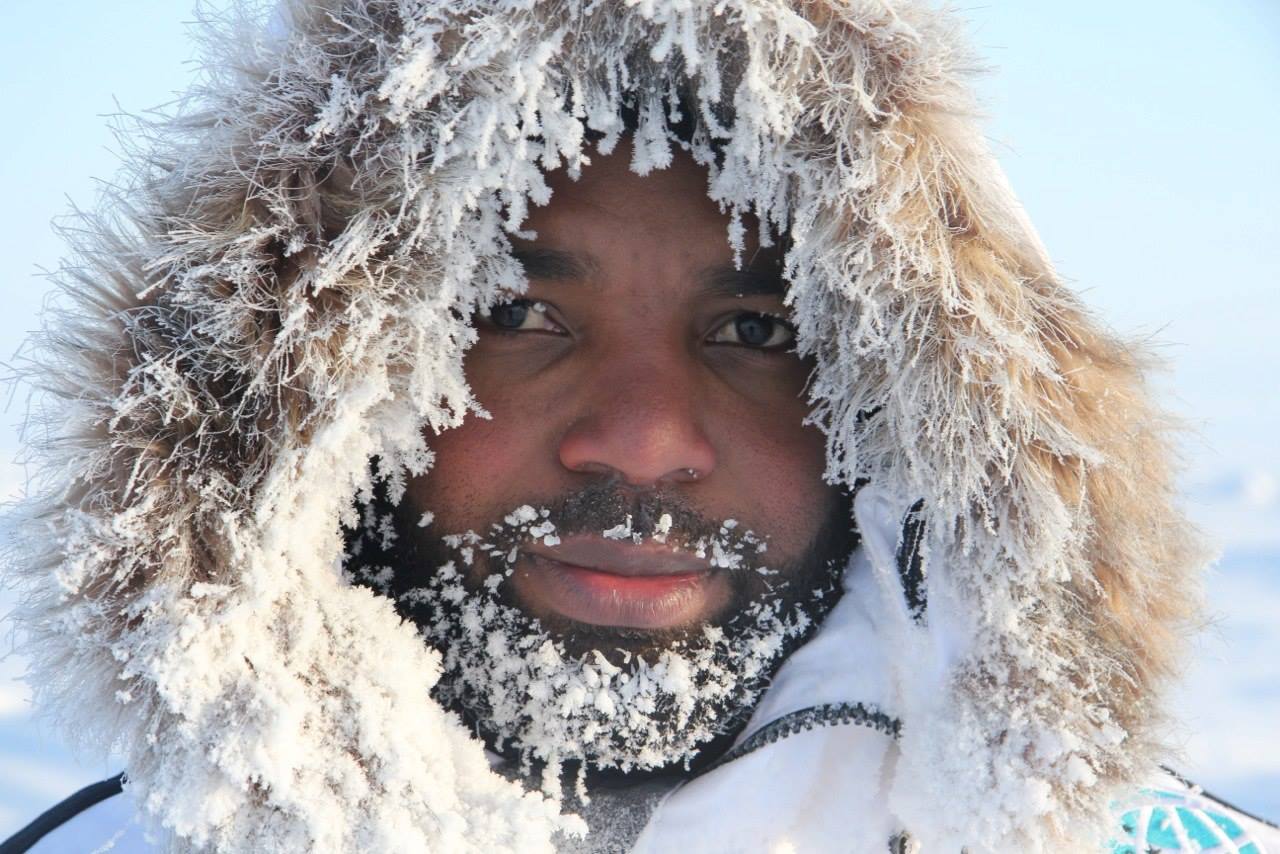In a world bombarded by poverty, natural disasters, violence and war, three men are using their creativity to make a difference in communities across America: Theaster Gates, Tavares Strachan and Zaxxr Llewellyn.
Theaster Gates is a Chicago native, a professor in the Department of Visual Arts and Director of Arts and Public Life at the University of Chicago.
Since the recession in the early 2000’s, Gates has been transforming his community of Grand Crossing, one building at a time, by turning old, rundown buildings into centers of culture, like libraries, bookstores, music archives and cafes. In order to help complete these projects, Gates hires locals, some of whom have no previous job experience.
In 2010, Gates founded the non-profit Rebuild Foundation, which “endeavors to rebuild the cultural foundations of underinvested neighborhoods and incite movements of community revitalization that are culture based, artist led, and neighborhood driven.”
In honor of his work with the communities of southern Chicago, Gates was named the Wall Street Journal 2012 Innovator of the Year. Most recently, he was announced on June 23rd, 2015 as one of four winners, chosen out of 237 applicants, of the Public Art Challenge by Bloomberg Philanthropies.
Originally from Nassau, Bahamas, Tavares Strachan came to America to earn his BFA from the Rhode Island School of Design as well as an MFA from Yale University. As a contemporary artist, “some of his recent work focuses on man’s relationship to nature, that is, his antagonistic struggle against it, his efforts to collapse distance and space, and his myopic pursuit of progress at the planet’s expense.”
In October 2014, Strachan began his installation “You Belong Here” in New Orleans. The project, a 120-foot long barge holding up the 27-foot tall message “You Belong Here” was used to evoke dialog about the historical undercurrents present throughout the city.
"A phrase like 'you belong here' reads like something that's very straightforward but ends up being very complex, in that 'you belong here' is also a question. You're questioning who the 'you' is, where is 'here,' and what does it mean to 'belong.' I think it's important to ask these kinds of questions," said Strachan in an interview with Nola.com.
A smartphone app was also developed to go along with the physical installation of “You Belong Here.” It allowed viewers to participate and provide commentary on the work by taking a virtual walk through the historical context of belonging in New Orleans. The money raised from the sales of the app is donated directly to Platforms Fund and Big Class; two New Orleans based non-profit programs with a commitment to the grass roots development of New Orleans through culture and education.
Zaxxr Llewellyn began his career as an artist in a log cabin in Montana, creating belts and jewelry, before moving to furniture and posters and finally to more complex and mixed medium furniture.
In 2008, after receiving news that his nephew had been murdered, Llewellyn began work on his “Walk the Line” project. A 9,000-foot long strand of 15,000 bullet shell casings stood as a tribute to the number of homicide victims in the United States each year.
“We have monuments for everybody, (but) this is to honor people who have nobody to speak for them . . . To give a voice to people who were not written up in the paper, to say ‘you matter,’” said Llewellyn in an interview with The Seattle Times.
Llewellyn brought the project across the country to places like Golden Gate National Park in San Francisco, the Monroe Street Bridge in Spokane, the reflecting pool in Washington, D.C. and the Brooklyn Bridge in New York.
In order for his endeavor to be successful in Brooklyn, he needed the help of volunteers to carry the strand across the bridge.
“The people I deal with influence me as much as the materials, honestly. Their kindness; their grace; the communities,” said Llewellyn.
Theaster Gates, Tavares Strachan and Zaxxr Llewellyn are using their social artistry to wake each of us up to our own potential while crafting the connections for communities to invoke social change.



